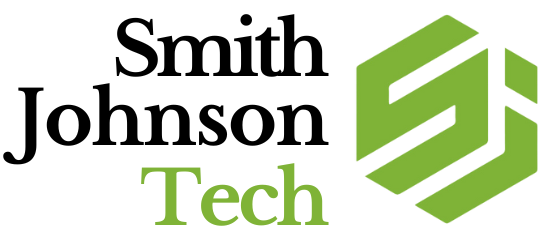By Tawnya Mayo

April is Autism Awareness month. Did you know that it is estimated that 1 in 36 children in the United States are diagnosed with Autism Spectrum Disorder? Autism and other neurological disorders are on the rise, with 1 in 5 adults in America exhibiting some form of neurodivergence.
When we hear the term neurodivergent, most people think of autism, ADHD, and Down Syndrome. But neurodivergent refers to any number of individuals who think or learn in ways we don’t consider typical. Dyslexia, auditory processing differences such as deafness, Tourette’s Syndrome, Obsessive Compulsive Disorder, and many other diagnoses cause neurodivergent people to experience the world – thinking, moving, behaving, visualizing, communicating, processing information, etc. – differently from what is considered normal.
Since neurodiversity is so prevalent, it is likely that someone you work with may be neurodivergent. It is important for businesses to understand how to meet the needs of a workforce with expanding differences.
There are advantages to having a diverse workforce, as neurodivergent employees can be a strength, as research shows that teams with neurodiverse individuals can be 30% more productive than those without.
Neurodivergent traits that can benefit the workforce may include:
- The ability to hyperfocus on tasks and remember large amounts of detailed information
- Identifying trends, rules, and patterns in data
- Rapidly processing visual information
- Remembering large amounts of detail
- Good problem-solving skills
- Out-of-the-box, big picture, and critical thinking ability
- A high level of empathy and integrity
It is important to encourage those strengths and foster a sense of inclusion for all employees, regardless of any neurodivergence. But neurodivergent individuals are often challenged by typical workplace environments such as:
- Different approaches to prioritizing and planning – time management skills
- Literal interpretations
- Direct communication style (sometimes seen as inflexible)
- Difficulty in reading non-verbal cues
- Heightened sensory sensitivity
- Differences in social interaction styles
- Processing large amounts of information differently
- Emotional exhaustion from masking their divergence or navigating neurotypical expectations
Workplace leaders can support neurodivergent employees by providing clear communication, using language that promotes understanding and does not leave room for misinterpretation, providing tools to support different working styles such as flexible task management tools, establishing structure and consistency in daily routines and providing advanced notice of changes. It is important to communicate clearly the expectations regarding work performance, workplace etiquette, and expectations. Also try to avoid assumptions, especially concerning an individual’s preferences, needs, and goals. And above all, prioritize kindness, patience, respect, and empathy in all workplace interactions.
More information, and local Autism resources can be found at:
Kids on the Move
Utah Parent Center
Utah Dept of Health and Human Services
**Information taken from Lynn Burrell, Neurodivergent Employees Boost Productivity and Innovation in the Workplace, Spring Health, March 20, 2025
